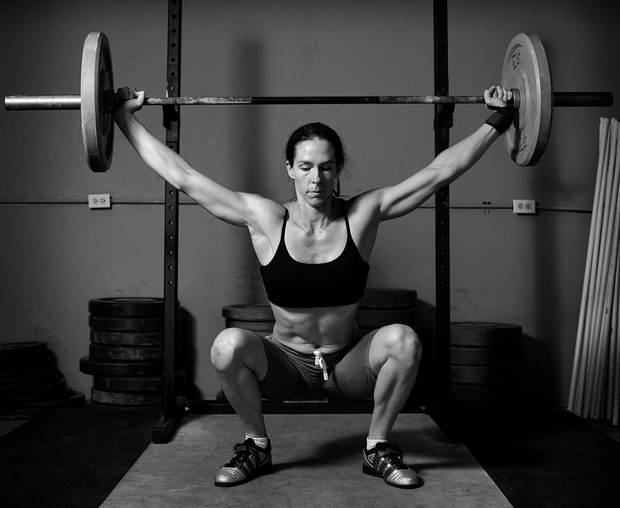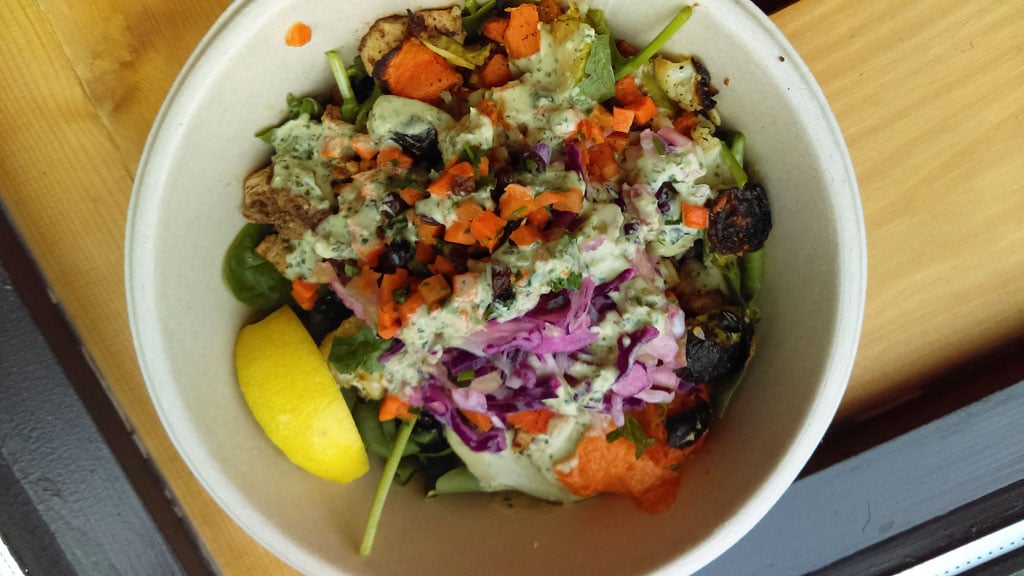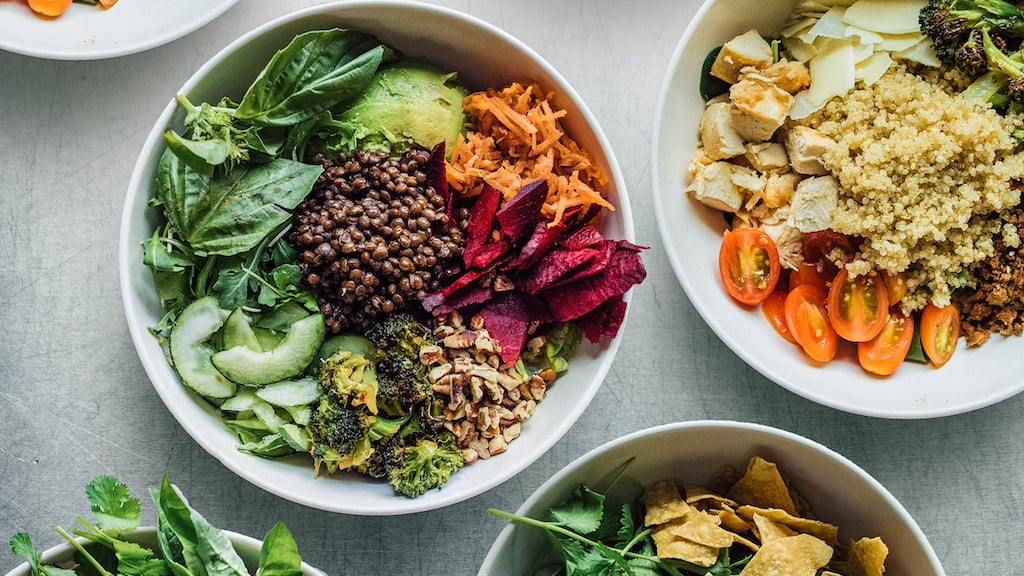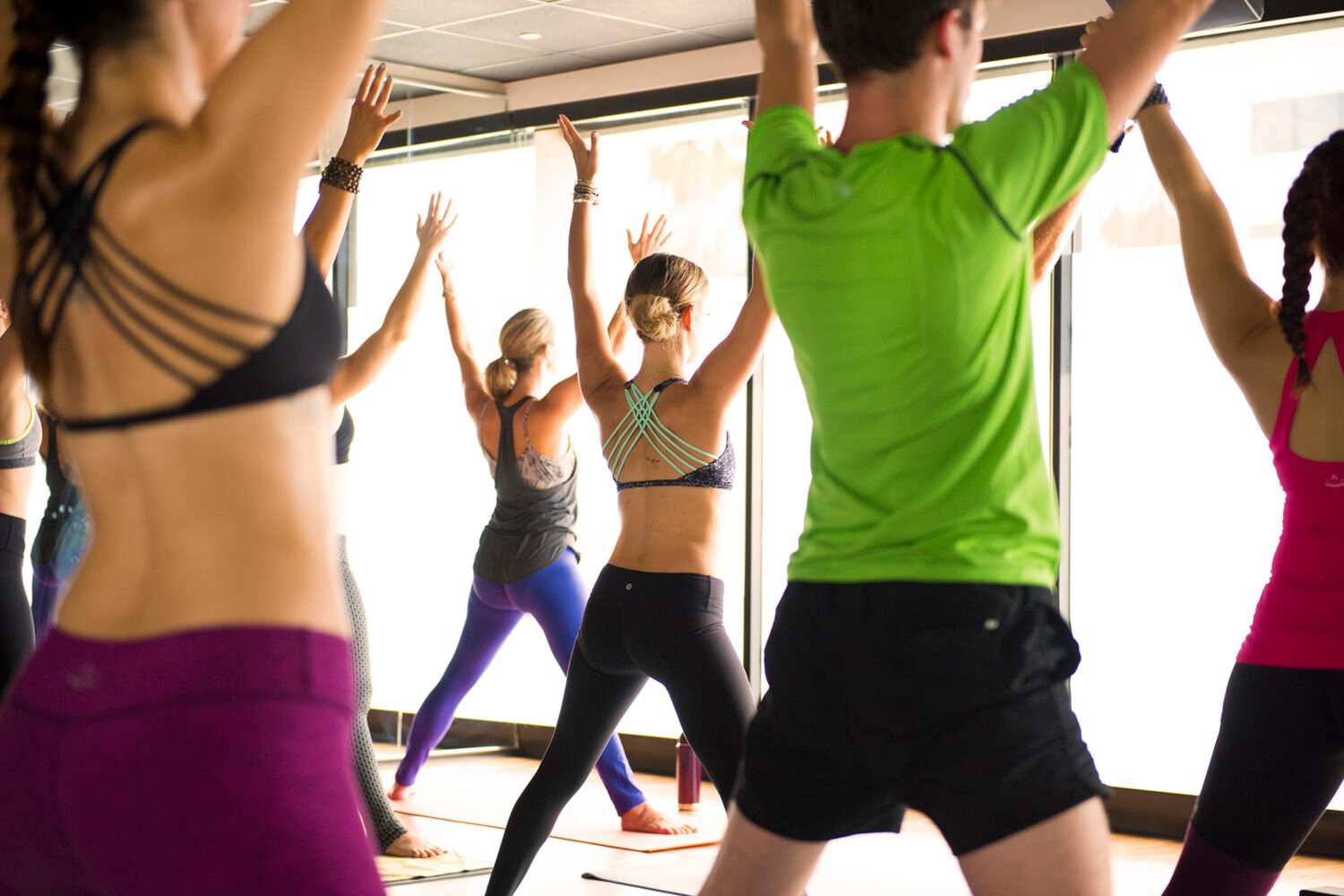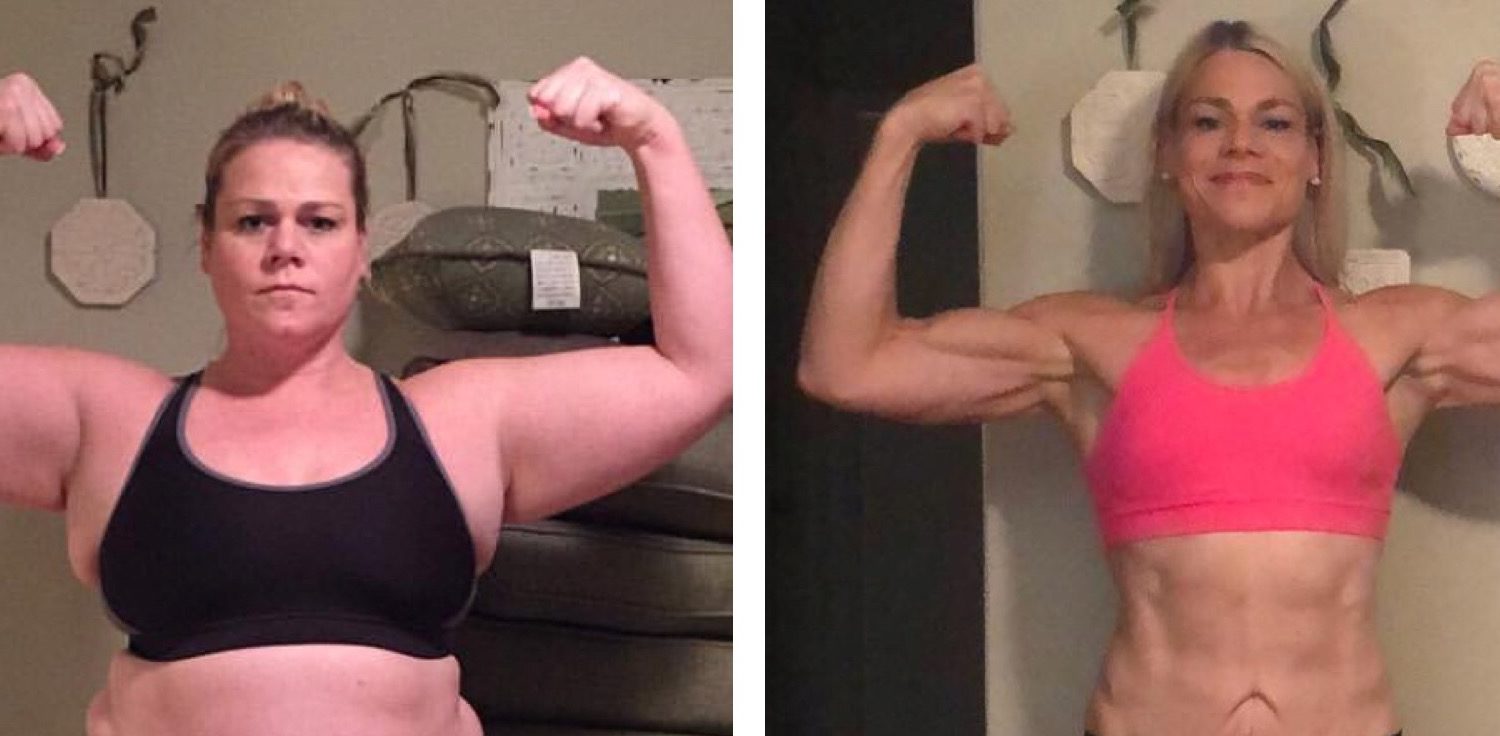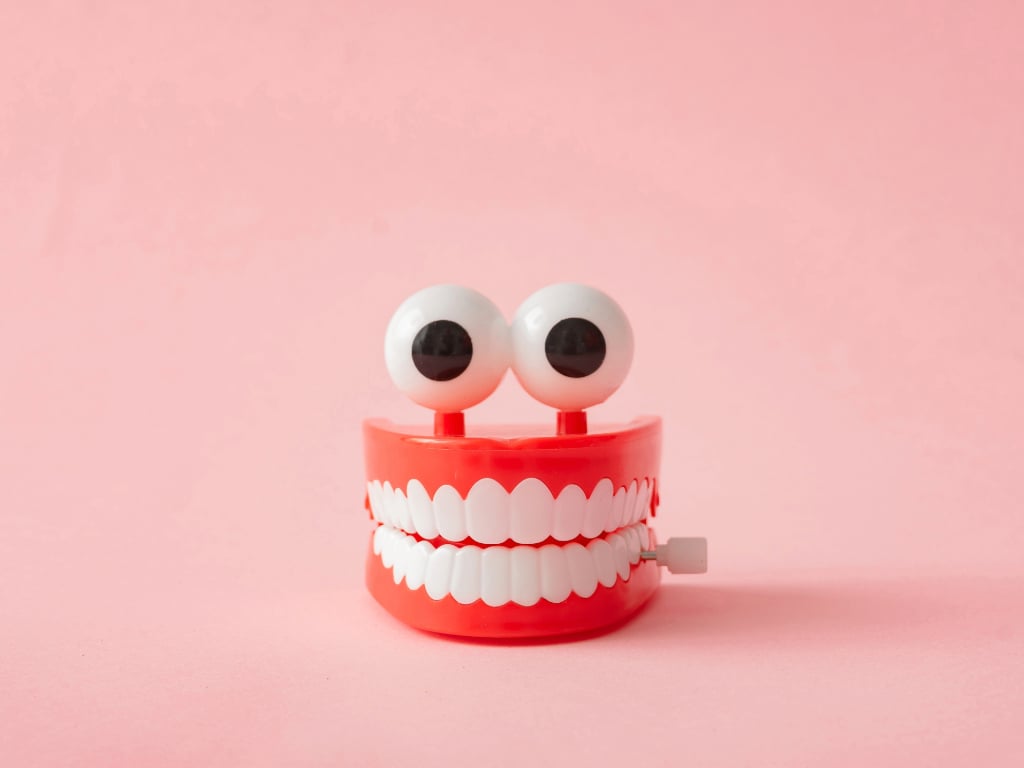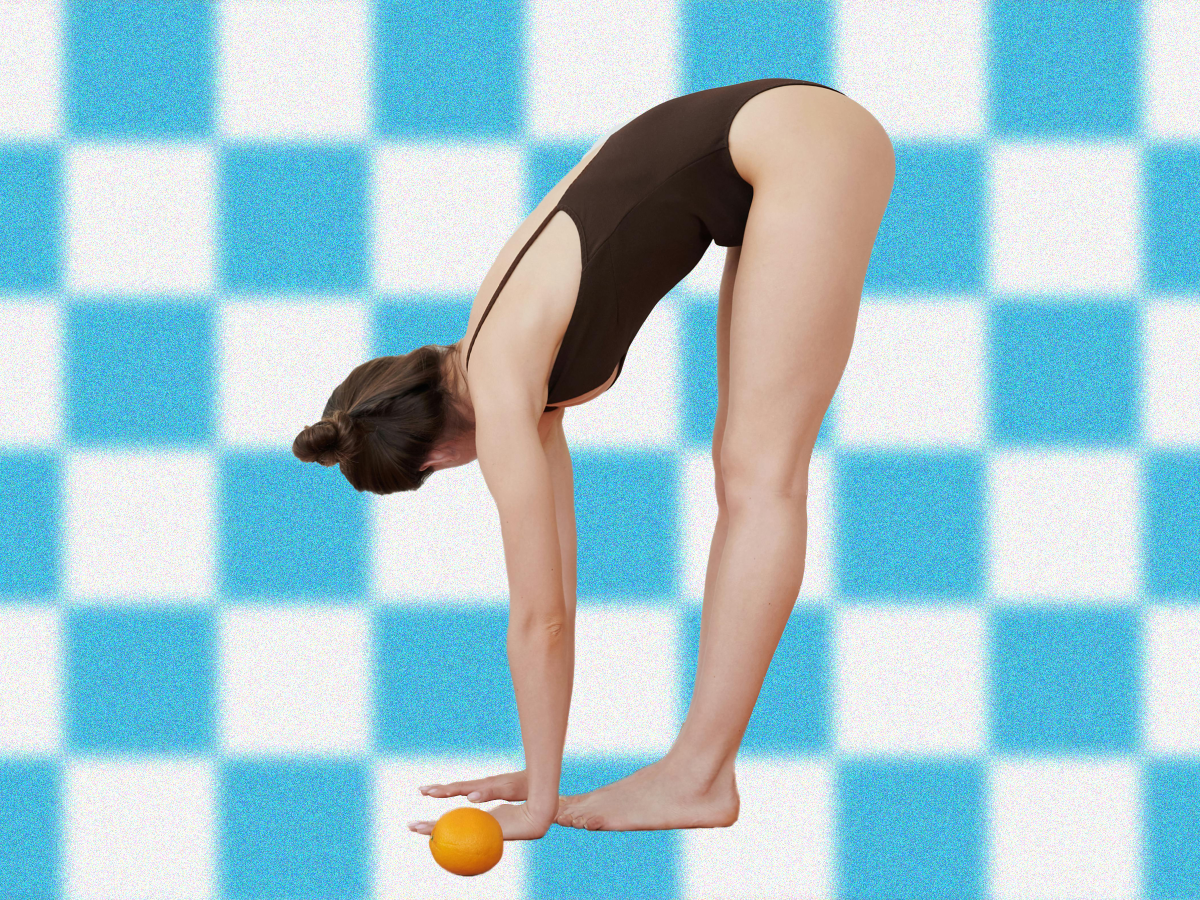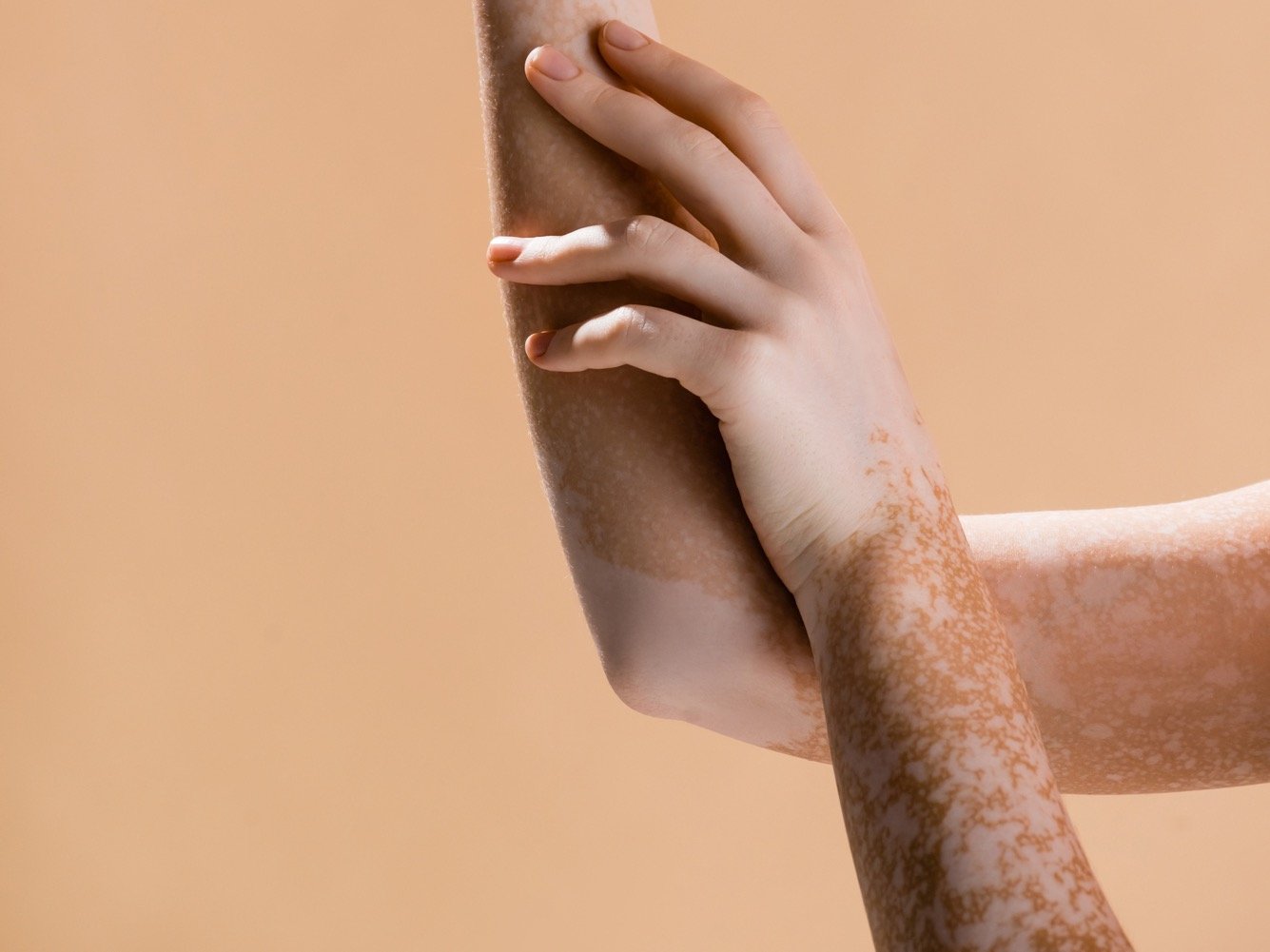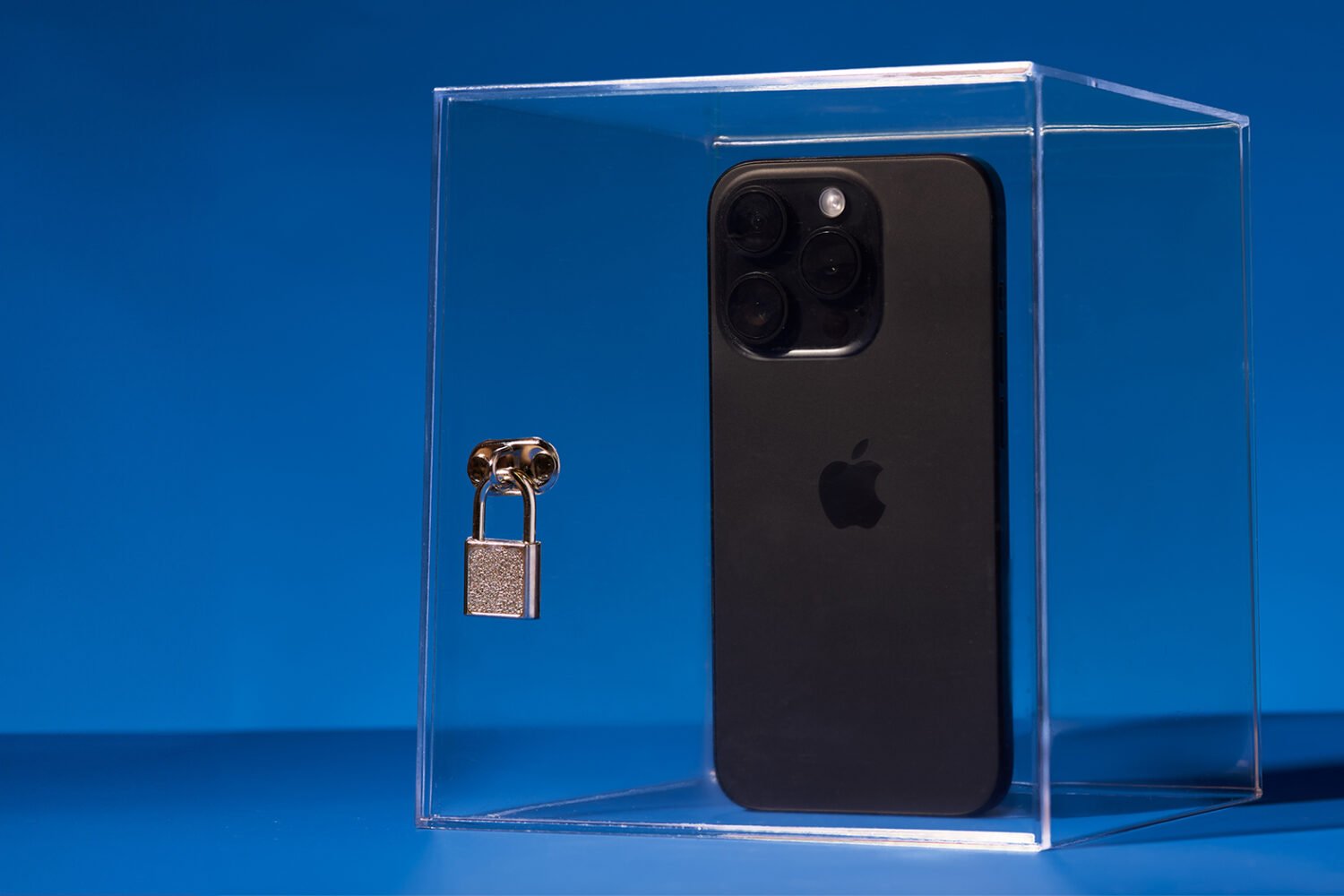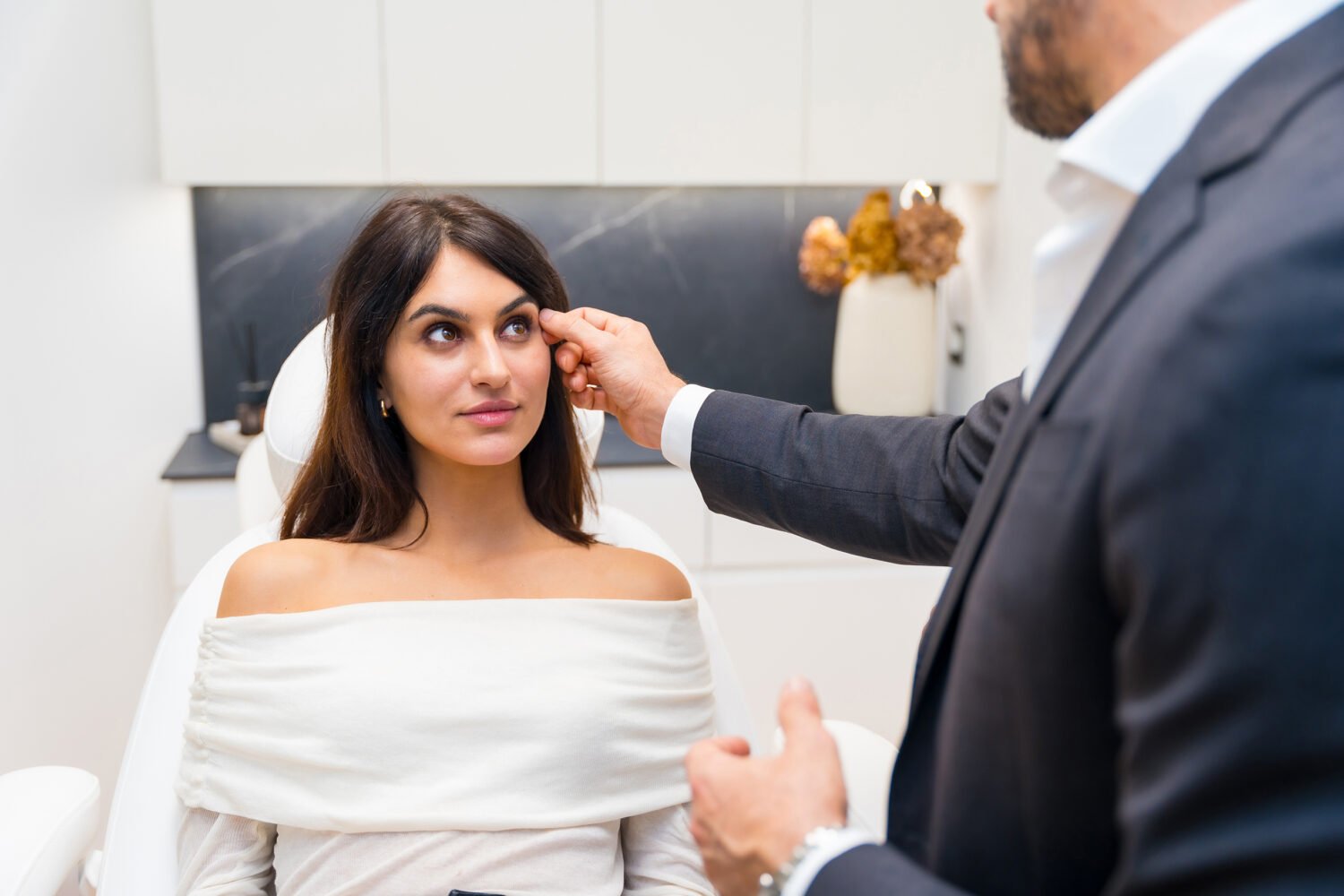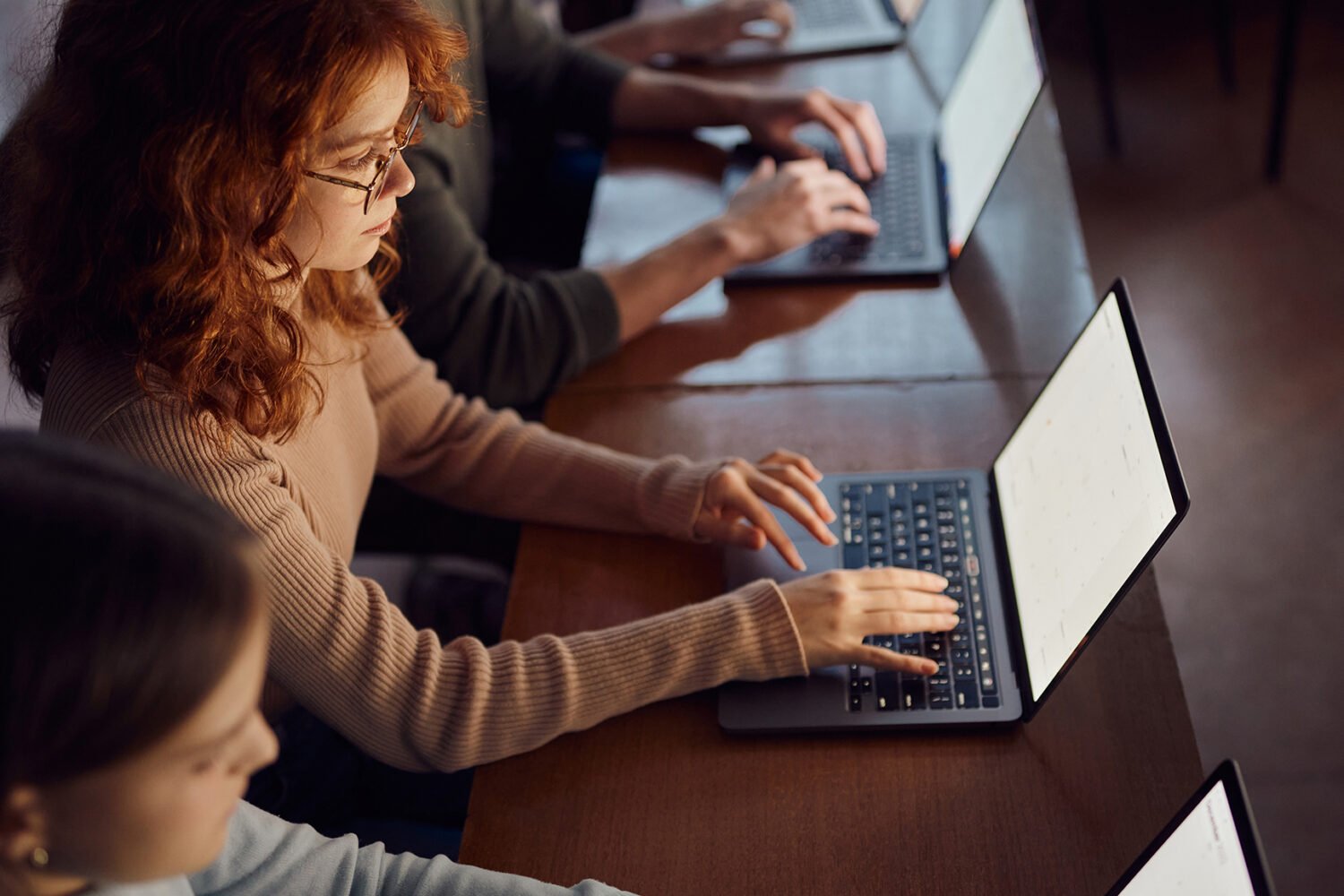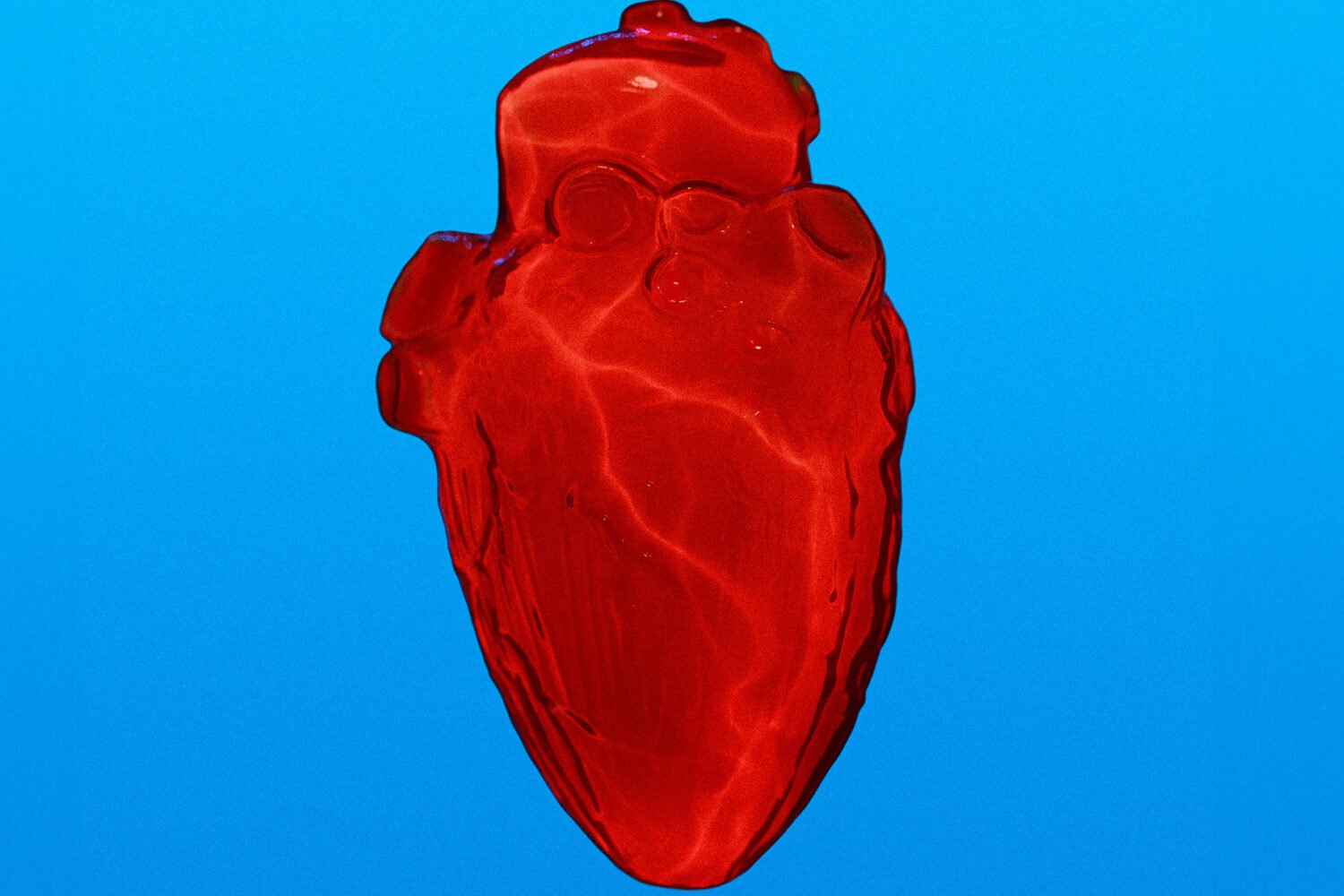There’s a thought that occasionally crosses my mind in the middle of a workout: “Is this exercise really worth it?”
Whether it’s after my eighth bicep curl or my second set of pushups, I can’t keep the nagging question from popping up. And while I know the answer is almost always “yes,” I often wonder if my time would be better spent running or swimming or, if I’m really being honest, getting an extra 30 minutes of sleep.
So I turned the questions over to the experts, who I hoped would enlighten me. “What is the single best exercise to do?” I asked them.
“First of all, doing something is better than not doing anything,” physical therapist and personal trainer Ariel Osharenko of Fit DC told me.
Fair enough. But seriously. I wanted answers.
“Identifying a single best exercise requires the belief that there is a single best representation of health,” says Jerome Danoff, a professor of exercise science at George Washington University. But, he added, the idea of health is so much more complicated than that. It consists of multiple components: short-term strength, continuous strength, endurance, flexibility, and recovery capacity, to name a few.
“With all that in mind, I have always heard that moderately heavy multiple squats are the way to go,” he says. The squats, when performed correctly, develop upper- and lower-body strength, core strength, endurance, and flexibility—all the components Danoff says make up “health.”
Osharenko agrees, noting that mastering the squat is so crucial because it’s a movement we do every day, from picking something off the floor to sitting on a toilet. “It’s all about carrying stuff over [from fitness] to real life,” he says.
James Walker, a strength and conditioning performance coach, points to people living in other countries in Asia or Africa, where daily tasks often involve squatting. “They don’t have lower-back issues. They squat to do daily tasks, but it’s very functional,” he says. “It recruits a group of muscles, from internal core muscles to [those that keep] our knees and hips flexible.”
Olympic weight lifters are also worth bringing up in this debate, says Walker, who runs Athletic Excellence in Ashburn. They’re often ignored in the “fittest athlete” debate, since they don’t always sport the coveted lean body of a sprinter or swimmer. But surprisingly, weight lifters are some of the most flexible athletes (aside from gymnasts), and they have a faster reaction time than world-class sprinters or swimmers, according to research. Even more impressive: Their vertical jumps are higher than those of basketball players.
Olympians often rely on an exercise called the snatch. With the snatch, female weight lifters lift as much as twice their body weight above their head from the ground in one swift motion. Walker says, “We use [the move] as an assessment tool to determine athletic potential and how flexible you are, from shoulders to your ankles.”
Then there’s the deadlift, another very basic movement similar to picking up a cat off the ground, says Carmen Sturniolo of Ambitious Athletics. “It’s a fundamental exercise that’s often taught at any of your home-improvement stores. Those guys are taught to lift with their legs and not their back. It helps build not just stronger legs, but a stronger back, abdominal wall, everything,” he explains.
But what about some of the most common exercises, such as running or yoga? While personal trainer Lance Breger touts yoga for helping improve flexibility, balance, and core stability, it might not always provide the same benefits as strength or resistance training. As for running, Danoff says it doesn’t do much for muscle development compared with strength-training exercises and the squat.
Of course, what’s good for a runner will likely differ from what’s good for a tennis player. In the end, the best exercise really depends on the individual, says Osharenko. You have to ask yourself, “What are my goals: Weight loss? Mobility? Power? Endurance? Coordination? Balance?”
“I think the best answer is just education,” Osharenko says. “The more you know, the better.”

